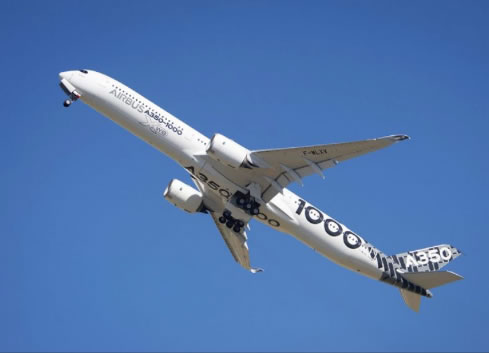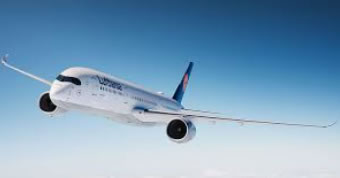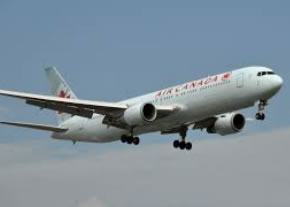Jet plane noises
Before the plane's engines are started the air-conditioning system can make strong wind type noises as the crew check their various system sources and fan enhancements. During engine start you will hear the engines slowly wind up to an idle power setting. You will then hear some engine noise until you arrive at destination and the engines are shut down.
Click on images below to hear jet noises.
Take-Off. The engines will be set to the required take-off thrust setting, and this will be loud. After the plane becomes airborne the wheels will be retracted. You will hear hydraulic motor noises and sometimes slight wheel out of balance as the gear retracts. A minute or two after take-off the pilots will start to retract the flaps, again hydraulic and some air noise, and then climb power will be set. Temperature is the most limiting property on an engine, so after take-off power is reduced to reduce the engine temperature. The full power position is always available if needed.
Climbing during the flight. Without trying to bore you, for every weight there is an optimum height to fly. It is not practical to be constantly climbing so the optimum height is bracketed. Every 2-3 hours a plane may climb to reach its optimum height. During this you might hear a slight increase in engine noise, it is not uncommon to hear an increase in air conditioning noise as the power increases as well.
Descent. Expect the engine noise to decrease as the power is reduced to an idle position and the aircraft glides to destination

Approach and land. Again the flaps and landing gear have to be extended, so expect similar noises to that experienced after take-off. Sometimes pilots have to use their "speed brakes" to conform with Air Traffic instructions. Speed brakes are metal panels that are located on top of the wing and allow the pilot to create drag. Pilots use these when Air Traffic Controllers hold the plane high to meet some requirement. The speed brakes will cause a slight turbulent feeling throughout the plane and can create a change in wind noise. This is totally normal. During the approach engine noise will increase because the pilot wants to fly a constant airspeed approach to the runway.

Landing. The pilot will flare the aircraft and reduce the power to "idle" and hence the noise will decrease momentarily. After the wheels touch down it is usual for the pilot to select reverse thrust to aid in stopping the plane on the runway. The engine does not go into reverse, the air from the back of the engine is deflected forward retarding the plane's travel.
Taxi-in and shutdown will be similar to the taxi out for take-off as flaps are retracted.
Park at the gate. Engines will be shutdown and the engine noise will decrease to zero.
